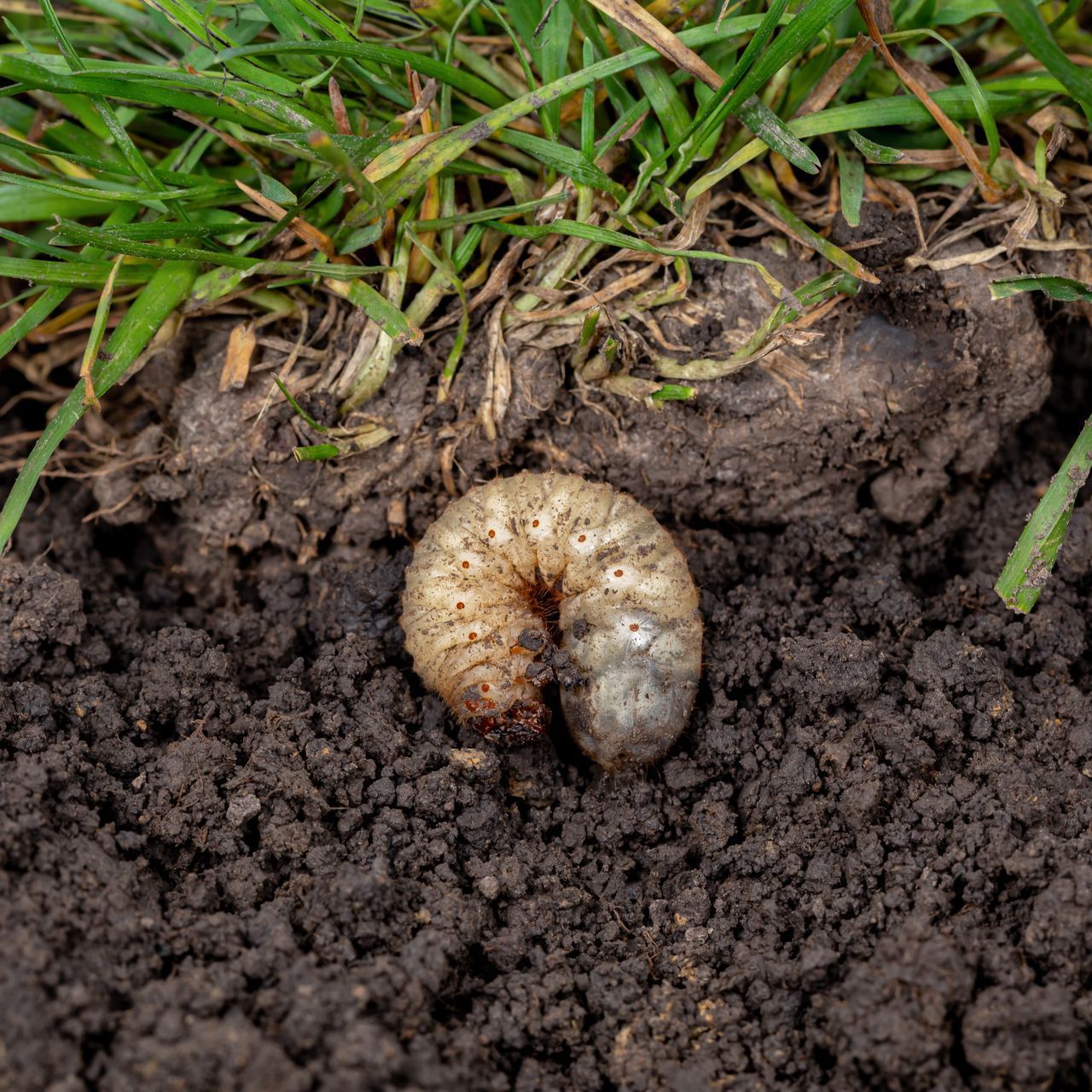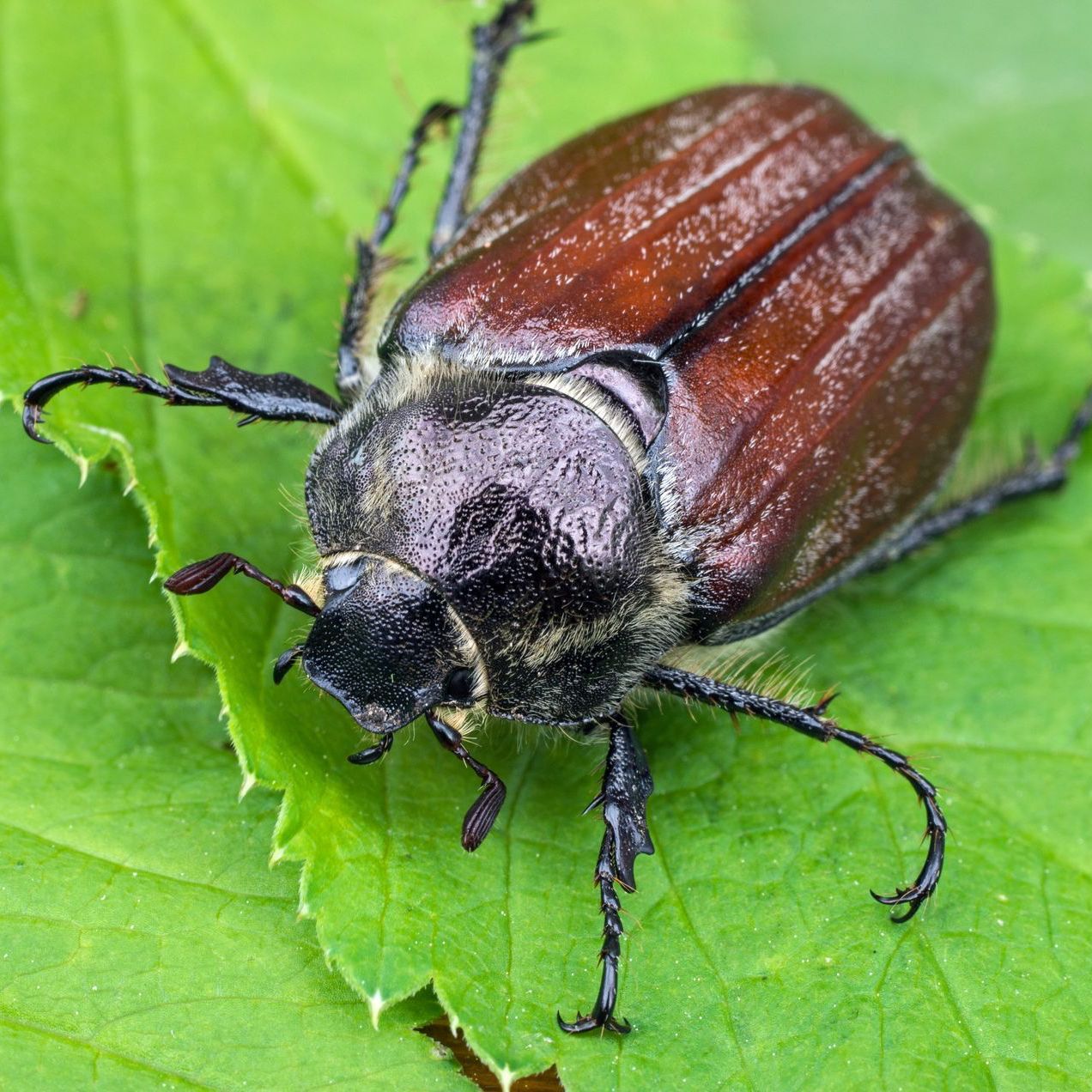Grubs & June Bugs

Grubs
"Grub" is a term commonly used to refer to the larvae of various types of beetles, particularly those belonging to the Scarabaeidae family. These larvae are often white or cream-colored, have a distinct C-shaped body, and are commonly found in soil or decaying organic matter.
- Life Cycle:
- Grubs undergo complete metamorphosis, consisting of four stages: egg, larva (grub), pupa, and adult.
- Adult beetles lay eggs in the soil, and the hatched larvae develop into grubs.
- Appearance:
- Grubs have a soft, C-shaped body with a distinct head capsule and six legs.
- They lack wings and are usually creamy white or light-colored, although their appearance can vary between beetle species.
- Habitat:
- Grubs are primarily found in the soil, where they feed on organic matter and plant roots.
- They are commonly associated with lawns, gardens, and agricultural fields.
- Feeding Habits:
- Grubs are voracious feeders and can cause damage to plants by consuming roots and organic matter in the soil.
- Some species are considered lawn pests as they can damage grass roots, leading to brown patches.
- Common Beetle Species with Grubs:
- Japanese Beetles (Popillia japonica): Their grubs are notorious lawn pests.
- June Beetles (Phyllophaga spp.): June beetle grubs are common in lawns and gardens.
- European Chafer (Rhizotrogus majalis): The larvae are white grubs that feed on grass roots.
- Masked Chafer (Cyclocephala spp.): The grubs are soil-dwelling and can damage plant roots.
- Impact To Plants - Grubs can be detrimental to plant health, especially in large numbers. Feeding on plant roots can weaken or kill plants, leading to issues such as thinning turf in lawns.

June Bugs
- Appearance:
- June bugs are medium to large-sized beetles with an oval or elongated body.
- They typically have a brown or reddish-brown color, but the specific appearance can vary between species.
- Life Cycle:
- Like many beetles, June bugs undergo complete metamorphosis, including egg, larva (grub), pupa, and adult stages.
- The larval stage (grub) is spent in the soil, where the beetle feeds on plant roots.
- Habitat:
- June bugs are found in a variety of habitats, including gardens, lawns, agricultural fields, and wooded areas.
- The larvae are typically soil-dwelling and may feed on the roots of plants.